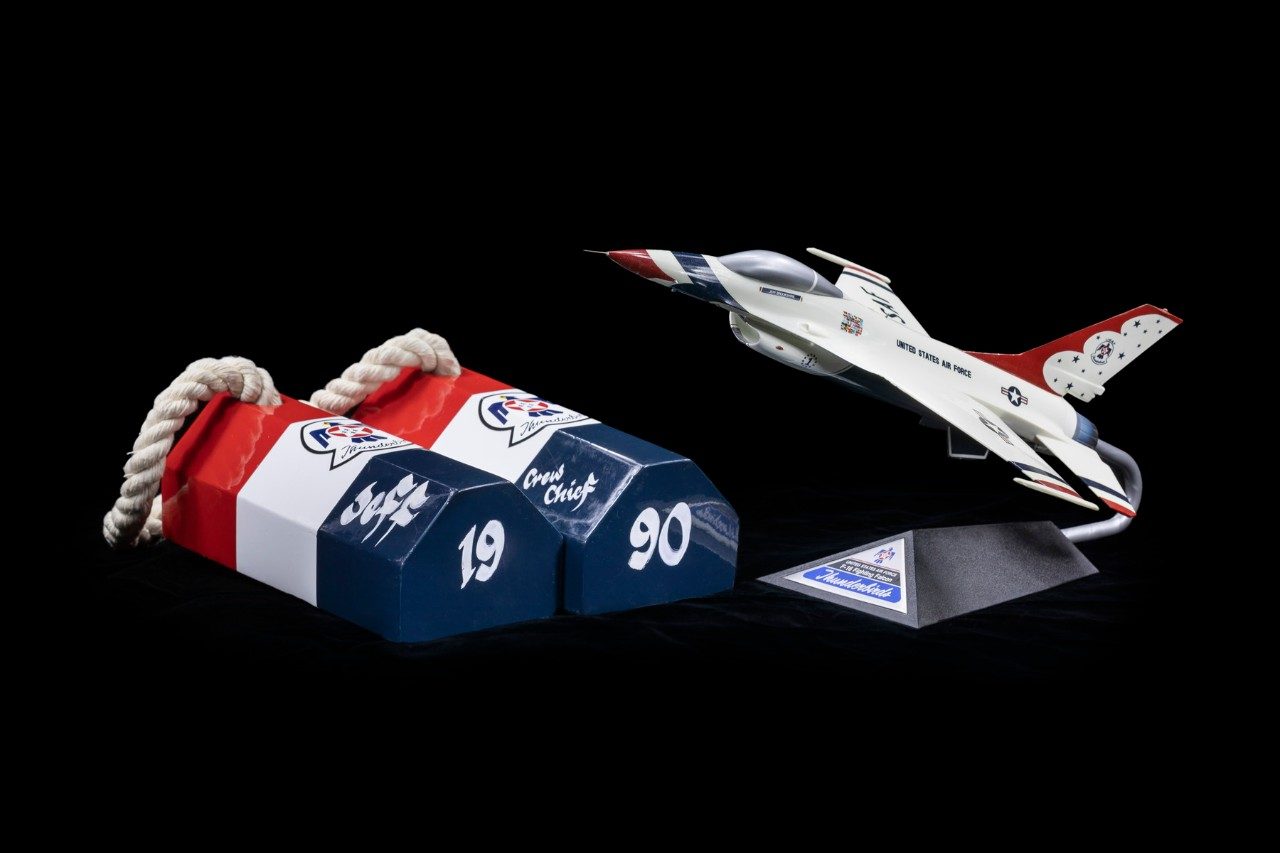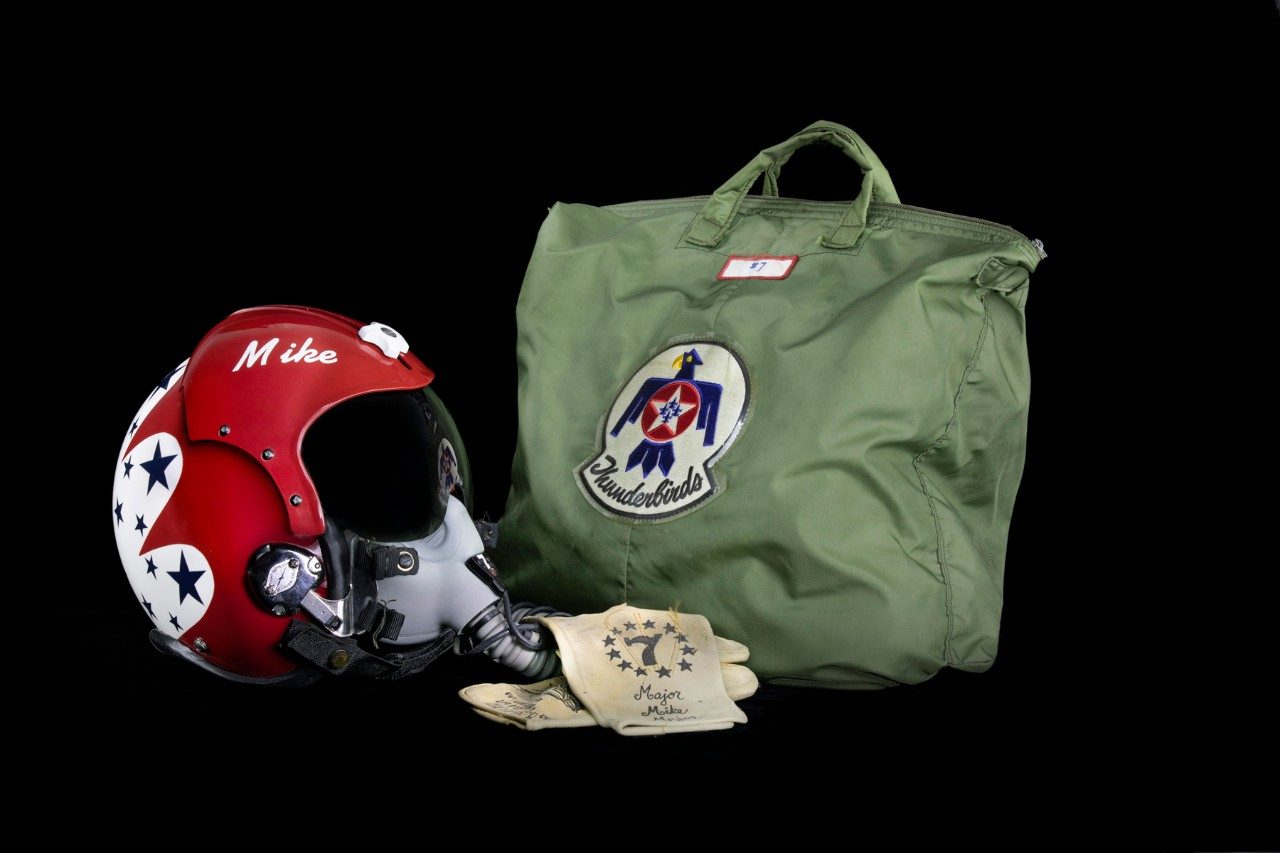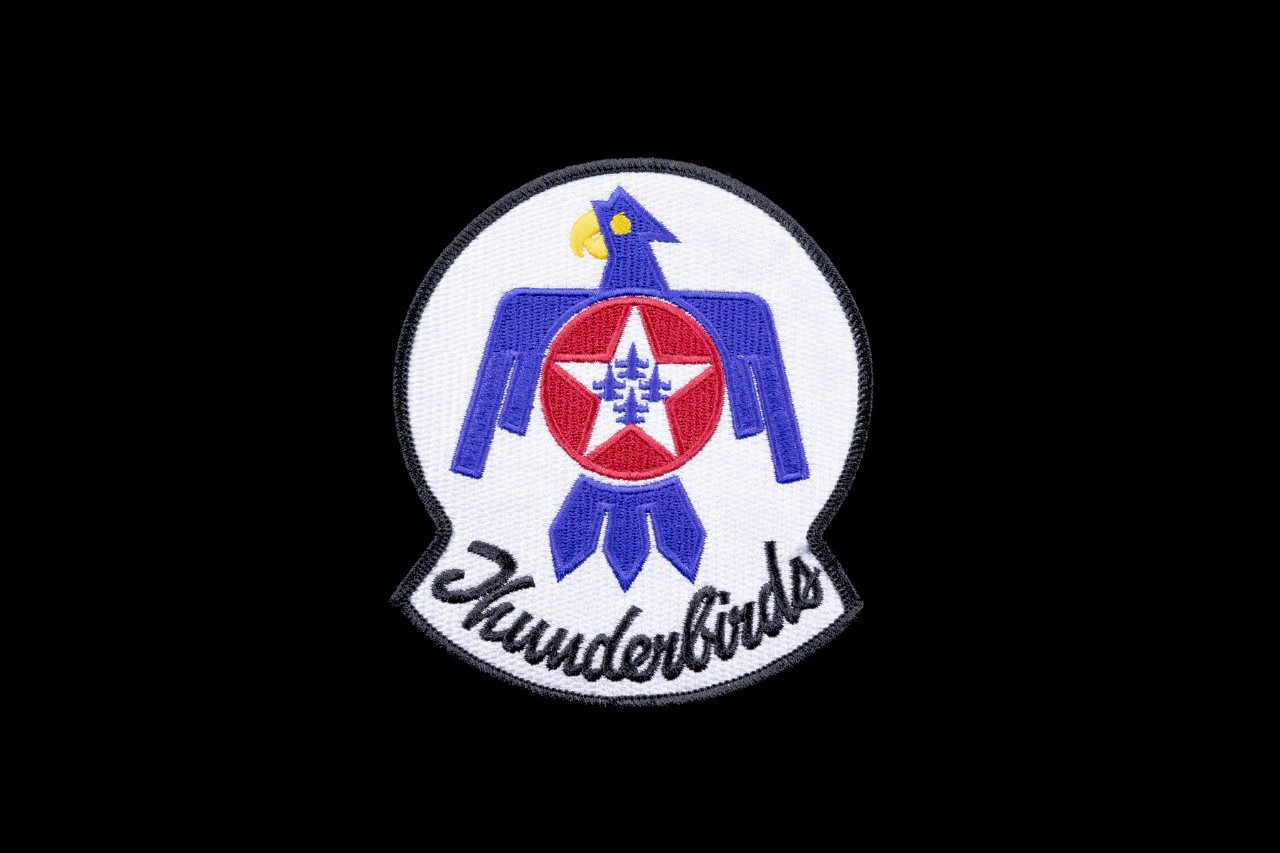Pride, precision and professionalism. Over the U.S. Air Force Thunderbirds’ more than six decades of flight, they’ve embodied those three important words. This year, 65 years since the first Thunderbird took to the skies, the renowned demonstration team is celebrating its 65th anniversary.
For more than half of those years, they flew a particular aircraft – one many might claim solidified their reputation as we know it. The team’s 65th anniversary also marks 35 years their flying the F-16 Fighting Falcon, the longest stretch of time the Thunderbirds have used the same airframe during its illustrious history.
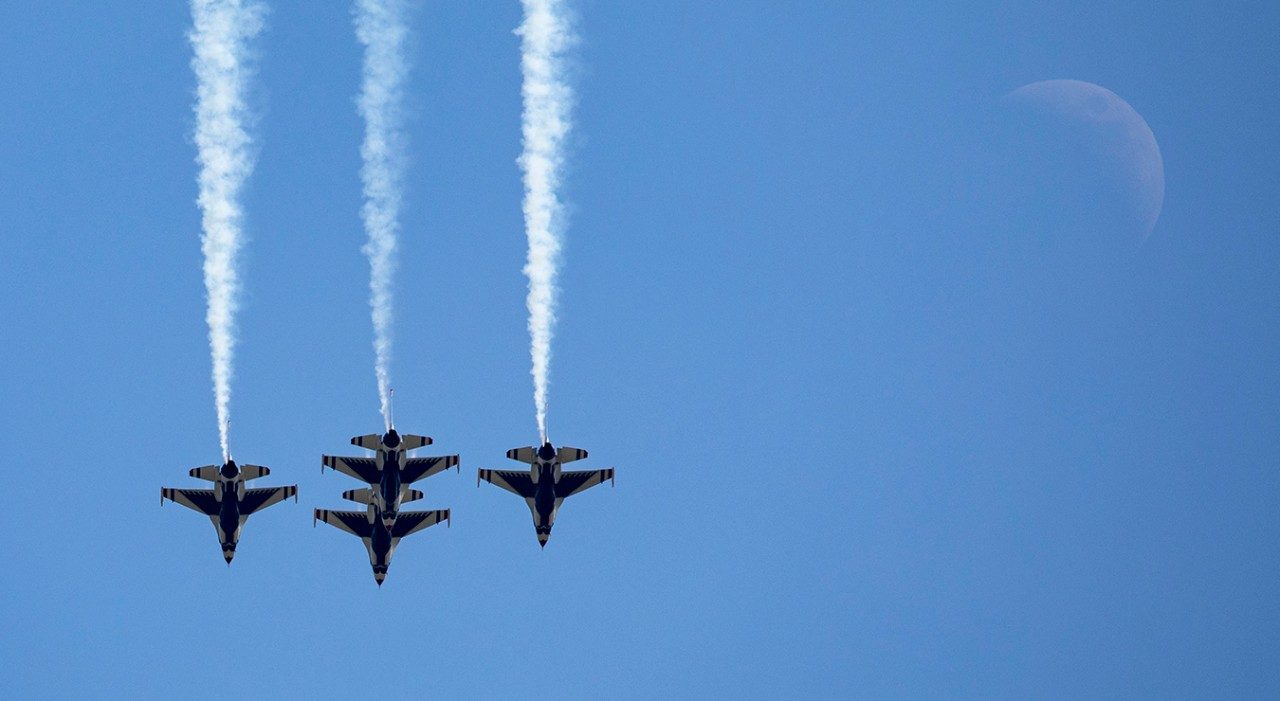
Traditionally, the team has flown the Air Force’s top front-line fighter aircraft to demonstrate the capabilities of the aircraft and pilots to the American public and to the world. Without a doubt, the F-16 met – and continues to meet – that need.
Within the Thunderbirds storied history, there are some individuals very close to Lockheed Martin within that timeline. Retired Air Force Brig. Gen. Jim Latham, Vietnam P.O.W. and former Lockheed Martin employee, is one of them. From November 1979 to January 1981, Latham was the operations officer and right wingman for the Thunderbirds – back when the team’s aircraft was the T-38 Talon.
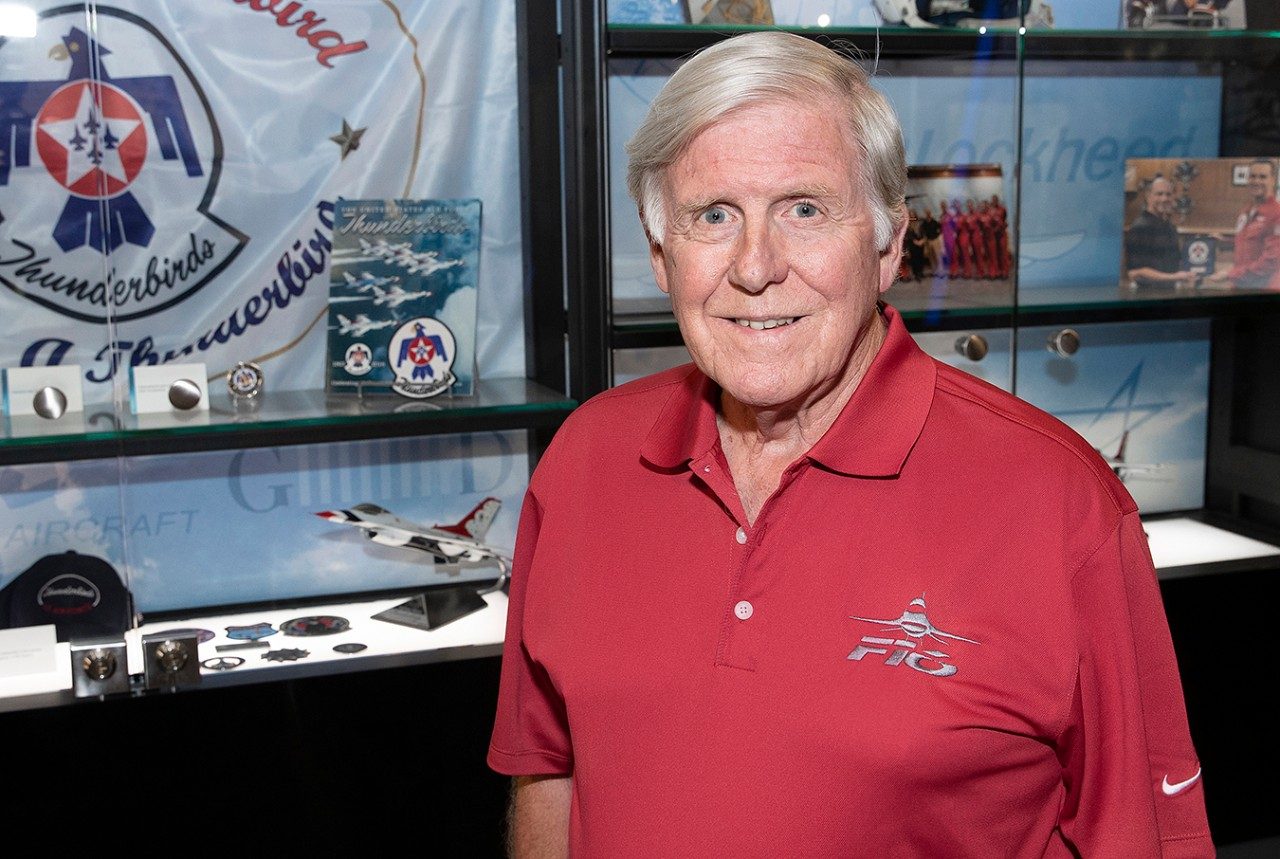
Jim Latham
Retired Brigadier General Jim Latham began his career in the Air Force in 1969. He has more than 5000 flight hours on record, including 383 combat missions in Southeast and Southwest Asia, and has flown the OV-10, F-4, T-38 and F-16 aircraft.
A former POW, he spent six months in captivity in North Vietnam after being struck down during a combat mission. He went on to become the Commander/Leader of the first F-16 Thunderbirds team in 1982.
He retired from active duty in 1997 and began working for Lockheed Martin in 1998. He was a director for international business development and retired from the company in 2014.
Just one year after Latham flew with the team, tragedy struck. Four members of the Thunderbirds perished in what has become known as the “Diamond Crash” in the T-38 Talon. While there was discussion of transitioning the team to the F-16 prior to the incident, the decision was officially made to move forward with shifting the team over to the Air Force’s newest fighter aircraft – The F-16 Fighting Falcon.
The team took the 1982 airshow season off, spending the year transitioning to the new jets, training, and honing their skills to prepare for the 1983 show season. During this rebuilding period, the Air Force recruited previous Thunderbirds to help train the new team. Latham was selected to return to the team as the Commander/Leader, also referred to as “No. 1,” of the first-ever F-16 Thunderbird demonstration team in June 1982.
Latham was instrumental in helping rebuild the team. As Commander/Leader, he supported screening Thunderbird officer candidates, as well putting the candidates through rigorous flight evaluation tests to determine their abilities and experience. Based on recommendations he passed up to his superiors, the final demonstration pilot selections were made.
Getting a team in place was just the first step.
“There was a lot of work to do to transition the team to the F-16, which had only been operational for about three years at the time,” said Latham. “The Lockheed Martin (then General Dynamics) F-16 team really poured out their technical support to help us get started, and provided us with very high-performing, reliable jets.”
A new paint scheme and smoke-generating system had to be designed and added to the aircraft, former T-38 maintainers had to be trained to support the F-16, new operational procedures had to be put in place to ensure a safe and successful demonstration.
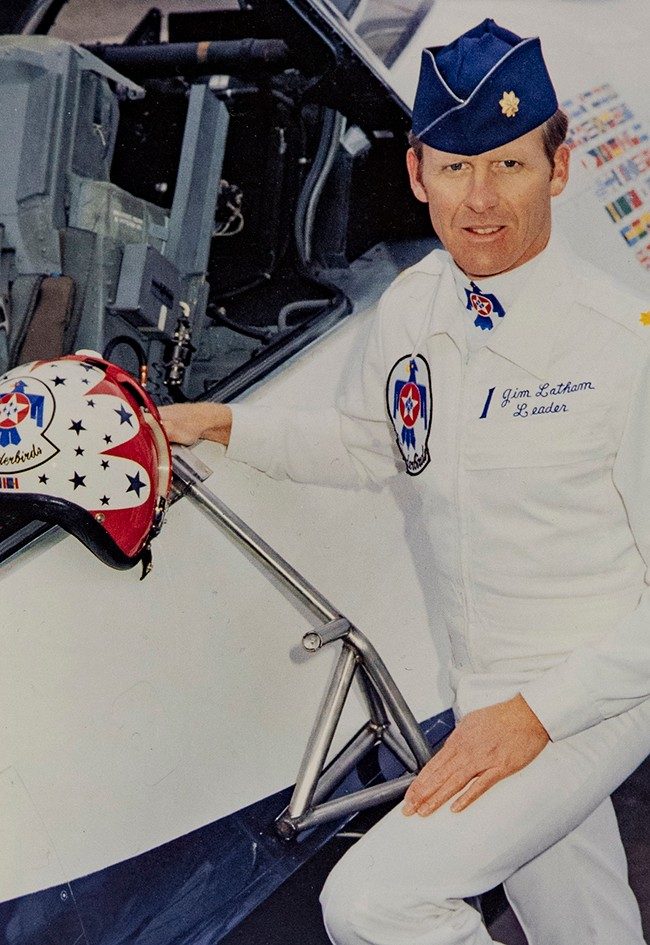
And finally, a new airshow flight sequence had to be designed to highlight the F-16’s performance capabilities, which differed greatly from previous aircraft flown by the team. Once all pilots were qualified to fly their F-16A model aircraft, the team began training for the flight demonstration.
They began rebuilding their demonstration by flying two-ship maneuvers, and gradually expanded by adding one aircraft at a time until the team was proficiently and precisely flying all six jets in formation. A new beginning arrived in early 1983, when the Thunderbirds began flying for the public again, more than 18-months after their last public airshow.
“I really enjoyed flying the F-16 because it was the jet we always dreamed of when we were flying older fighters,” said Latham. “The tremendous thrust to weight ratio, its phenominal turning capabilities, and its reliability made it ideal for the Thunderbirds airshow demonstration.”
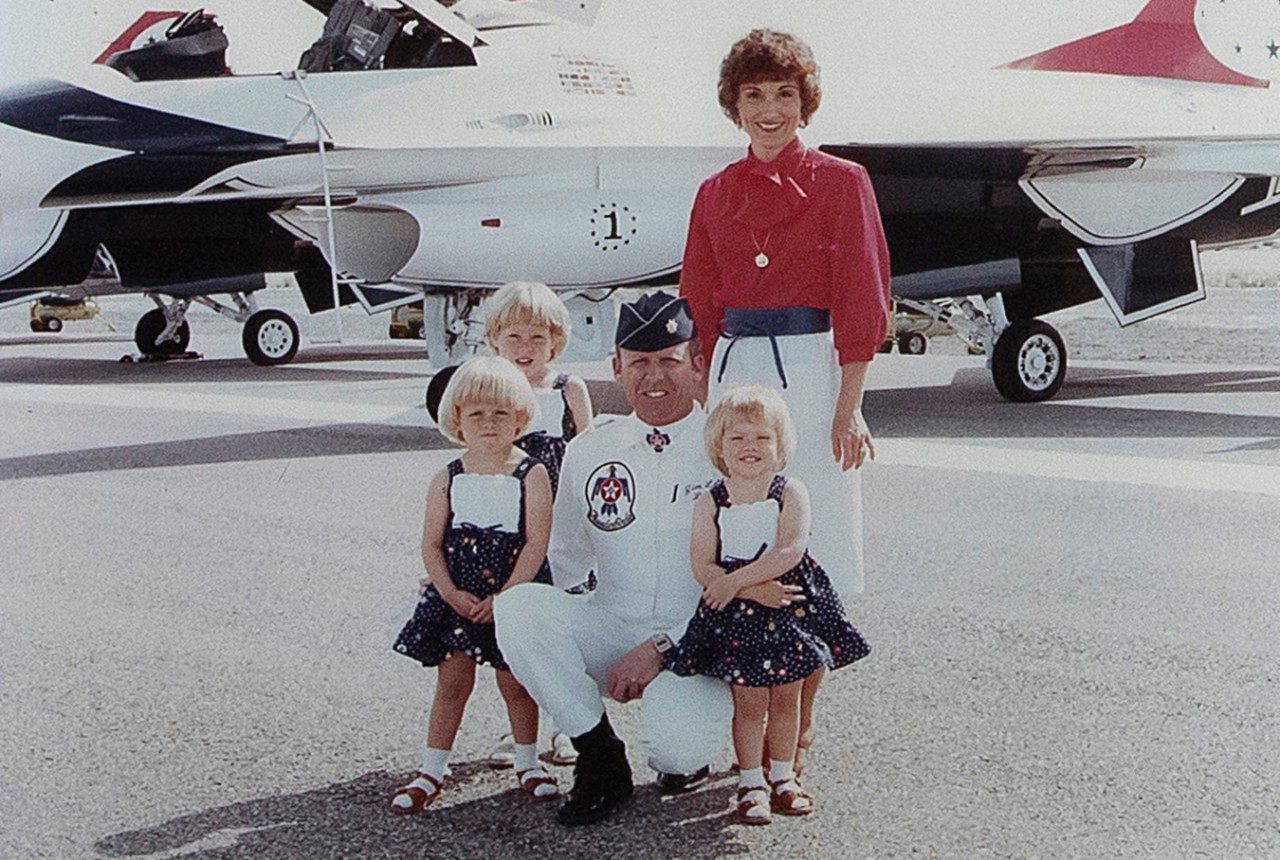
Fast forward 35 years to 2018 — No. 1 Commander/Leader Lt. Col. Kevin Walsh and the 2018 Thunderbirds are still wowing crowds at airshows around the country and world in the F-16, always staying true to three simply words – pride, precision and professionalism. Over the course of more than three decades, the venerable F-16 has stood the test of time, as Walsh can attest to.
“The F-16 is extremely maneuverable, very responsive, and the pilot-to-vehicle interface is excellent,” said Walsh. “Everything you essentially need to fly and operate the airplane is right at the tip of your fingers, on the throttle and stick.”
While the jet may look the same on the outside to Latham’s days in the cockpit, the team currently flies the Block 52 variant, the latest model of the fighter aircraft model, powered by a Pratt and Whitney F100-PW-229 engine that propels the jet to speeds of up to 1,500 miles per hour and allows the team to pull negative 3Gs to positive 9Gs.
While the team and the jet have made a name for themselves in the skies, the critical work of the maintainers on the ground enables such dazzling demonstrations. Staff Sgt. Justin Beach, who serves as the assistant dedicated crew chief to Lt. Col. Walsh, maintains the aircraft and ensures it is safe and ready to fly.
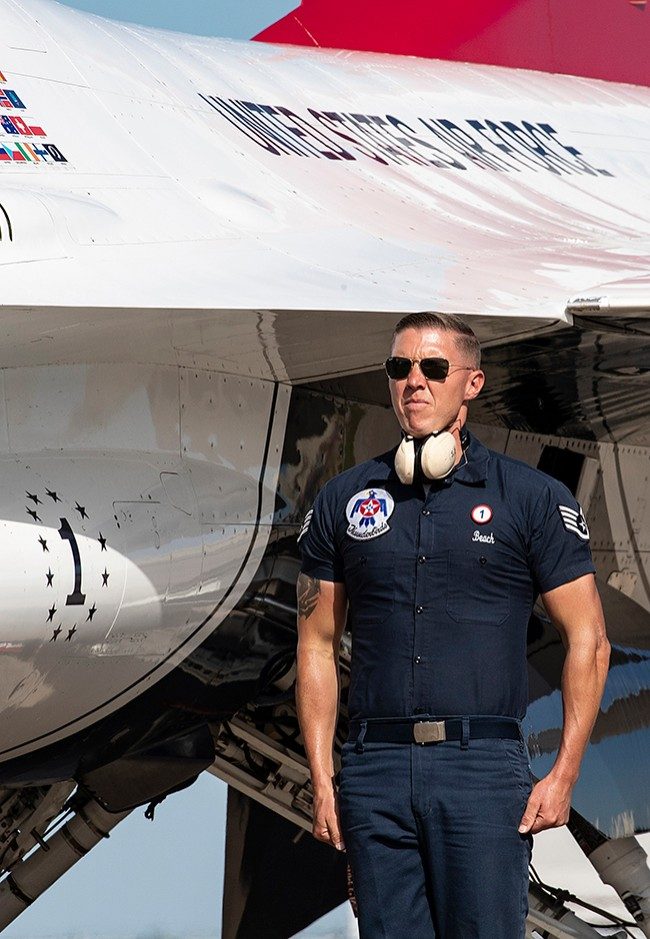
“We put the aircraft through the wringer, pulling Gs and demonstrating maneuvers to show what the F-16 can do protect the Unites States of America,” said Beach. “It’s kind of like a go-kart with a V8 on it, so it is very agile and an all-around awesome aircraft.”
With the entire team working together in unison, the result is a sight to remember – up to six jets flying at high speeds, tightly knit together in formation.
“I would definitely describe the demonstration as an athletic event,” said Walsh. “We go up and experience high speeds and low altitudes, high G forces, all in close proximity to one another; so that will get the blood going and the heart rate high.”
Lt. Col. Walsh began his Air Force career flying the F-16 and has had multiple combat deployments to both Iraq and Afghanistan in the jet.
“It has always kept me safe and keeps me coming home to the wife and kids, so it will always hold a special place in my heart,” said Walsh.
Innovation Hall Display
